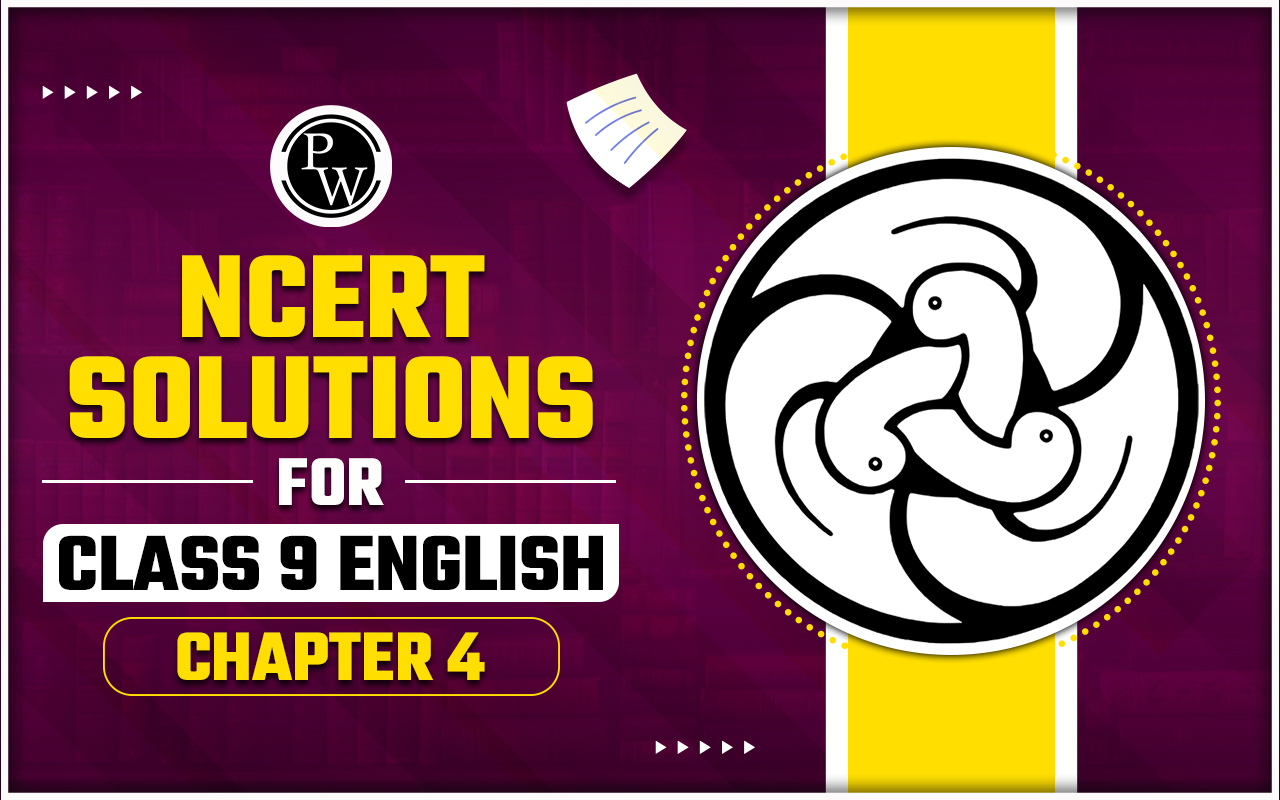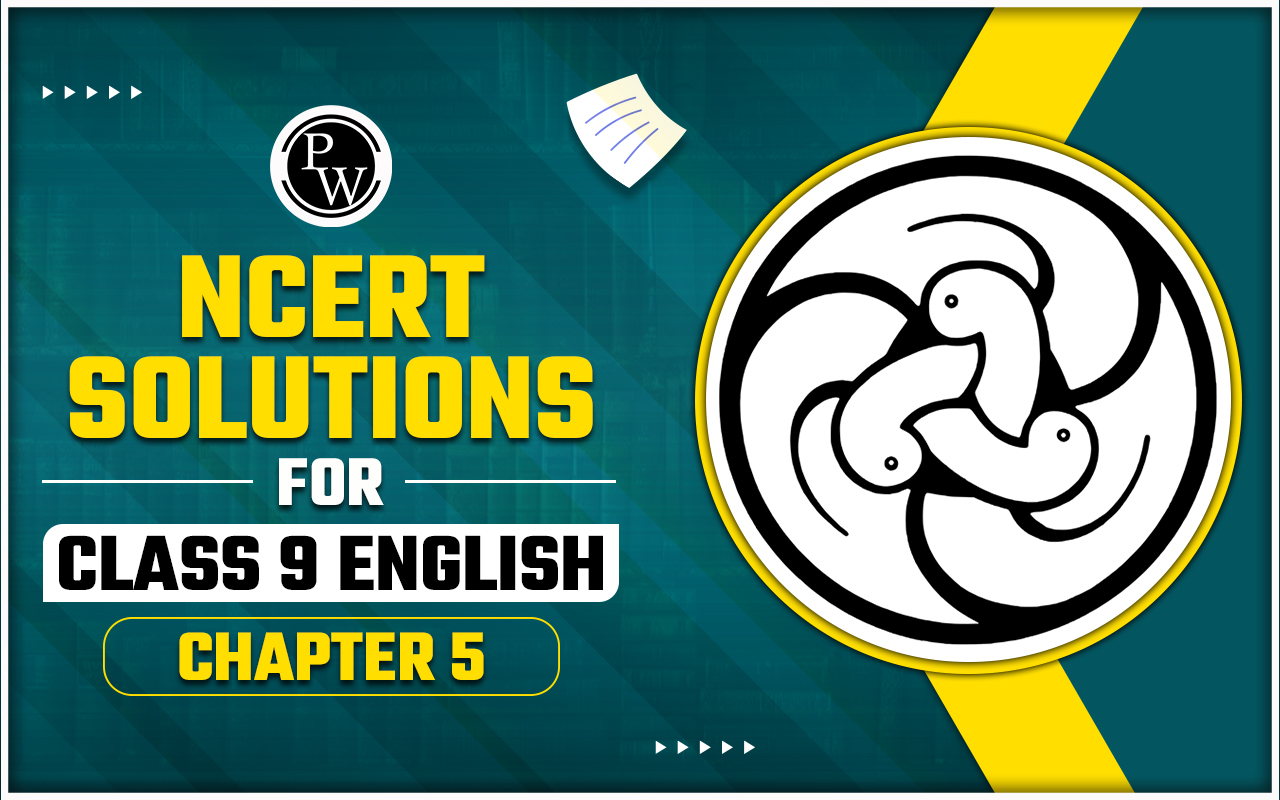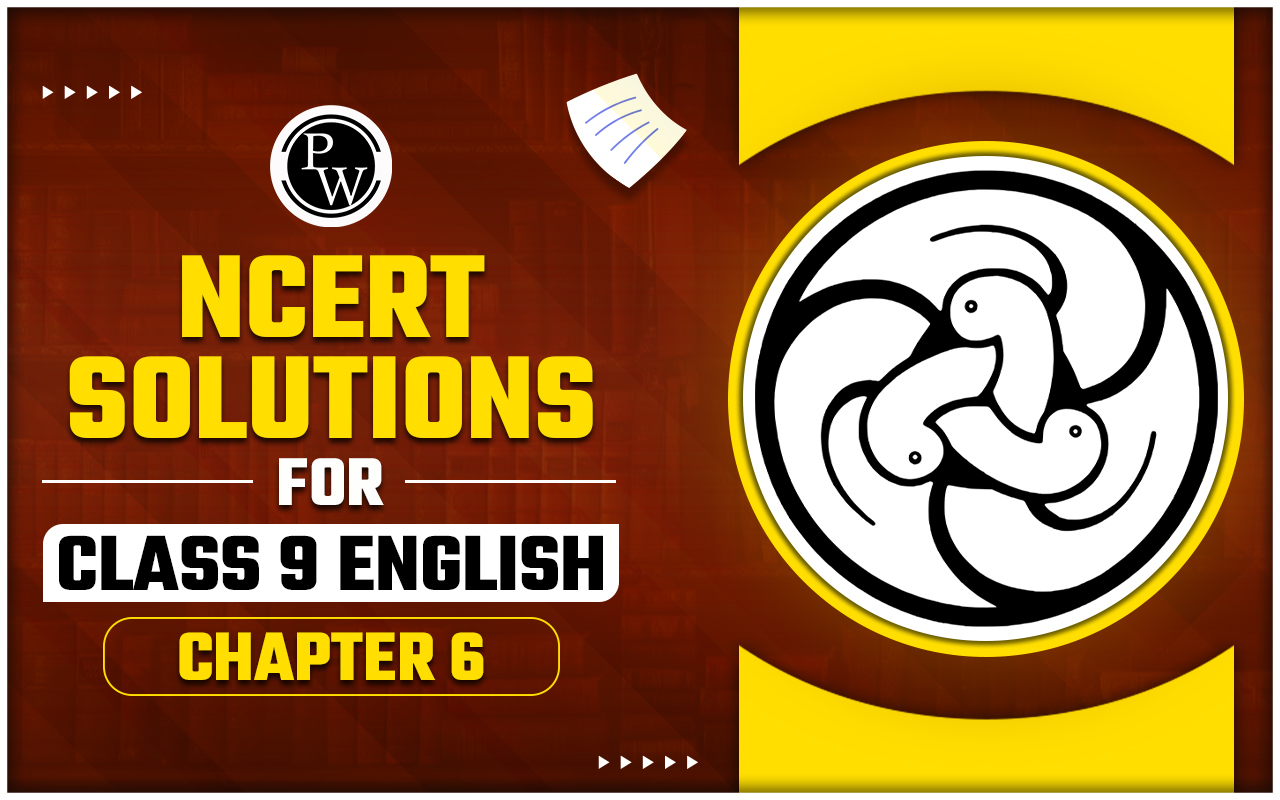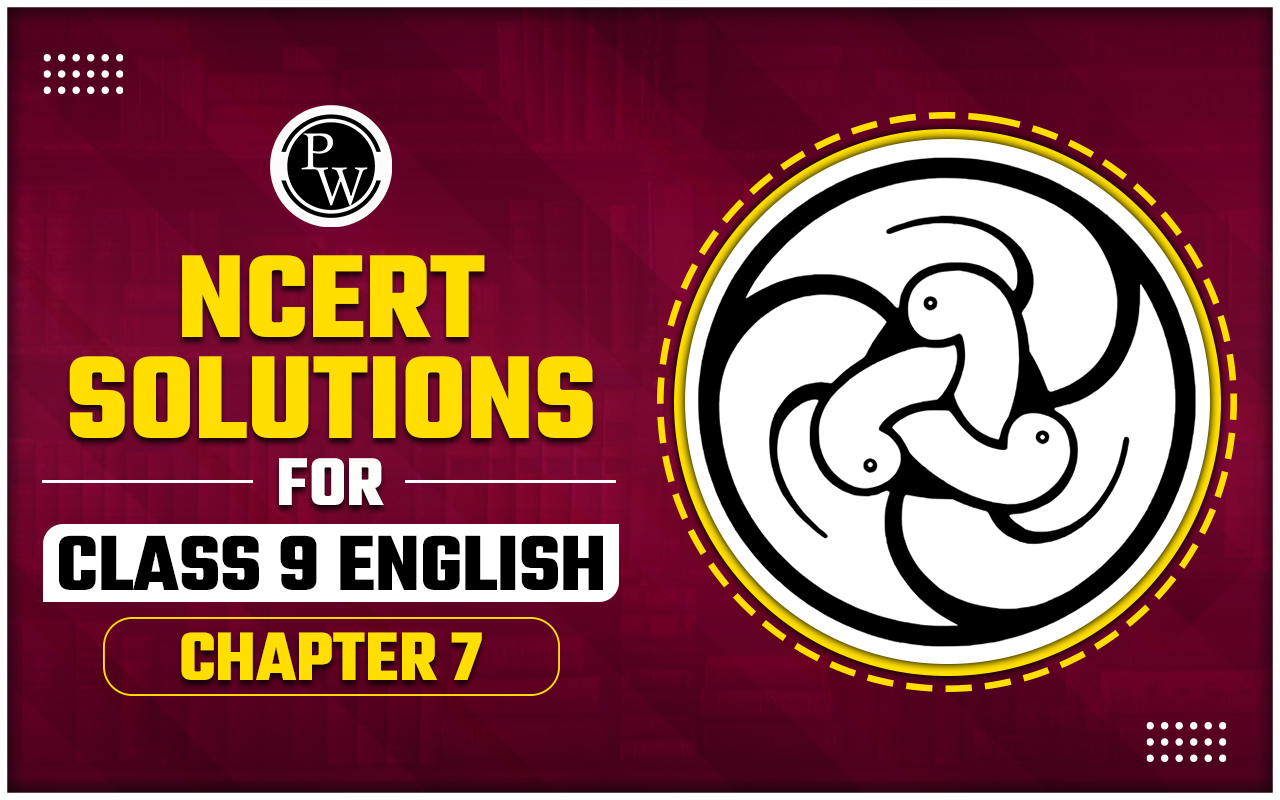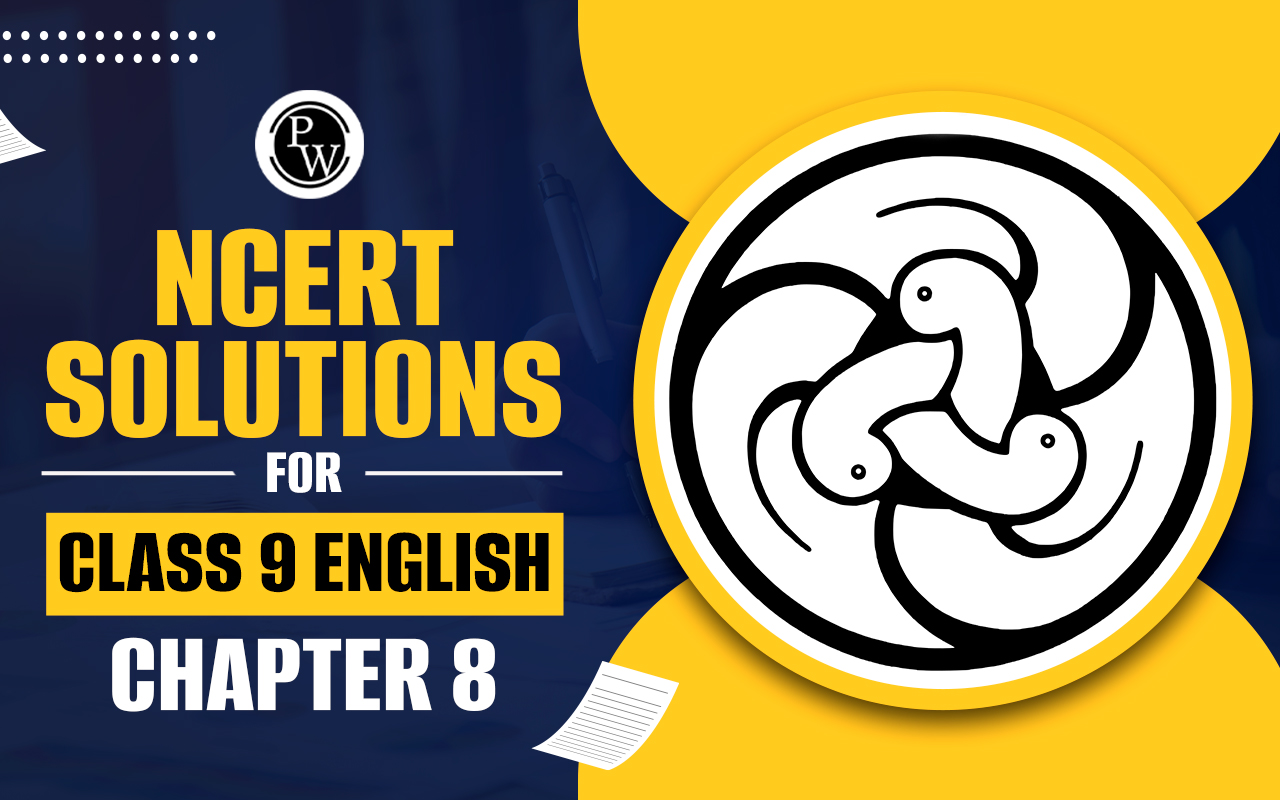
RD Sharma Class 9 Solutions Maths Chapter 14: Chapter 14 of RD Sharma's Class 9 Math Solutions Quadrilateral questions are based on a polygon that has four sides and four vertices, also known as a quadrilateral. A quadrilateral with four internal angles has a total of 360 degrees in its inner angles.
Think of a quadrilateral with internal angles P, Q, R, and Z, denoted as PQRZ. Hence, 360o = ∠P + ∠Q + ∠R + ∠Z. Students are advised to practise RD Sharma Solutions on a daily basis in order to improve their understanding of the principles presented.RD Sharma Class 9 Solutions Maths Chapter 14 PDF
Quadrilaterals are categorised according to how they intersect. They are referred to as simple quadrilaterals if they do not intersect. Otherwise, it is a complex quadrilateral if they so happen to self-intersect. Based on the placement of the diagonals and their interior angles, simple quadrilaterals are further divided into concave and convex quadrilaterals. Based on the CBSE 2023–24 syllabus, all of the concepts from the chapter Quadrilaterals are explained in the RD Sharma Class 9 Solutions. Here we have provided RD Sharma Class 9 Solutions Maths Chapter 14 -RD Sharma Class 9 Solutions Maths Chapter 14 PDF
RD Sharma Class 9 Solutions Maths Chapter 14 Exercise 14.1
Question 1: Three angles of a quadrilateral are respectively equal to 110 0 , 50 0 and 40 0 . Find its fourth angle.
Solution:
Three angles of a quadrilateral are 110 0 , 50 0 and 40 0 Let the fourth angle be ‘x’ We know, sum of all angles of a quadrilateral = 360 0 110 0 + 50 0 + 40 0 + x 0 = 360 0 ⇒ x = 360 0 – 200 0 ⇒x = 160 0 Therefore, the required fourth angle is 160 0Question 2: In a quadrilateral ABCD, the angles A, B, C and D are in the ratio of 1:2:4:5. Find the measure of each angles of the quadrilateral.
Solution:
Let the angles of the quadrilaterals are A = x, B = 2x, C = 4x and D = 5x We know, sum of all angles of a quadrilateral = 360 0 A + B + C + D = 360 0 x + 2x + 4x + 5x = 360 0 12x = 360 0 x = 360 0 /12 = 30 0 Therefore, A = x = 30 0 B = 2x = 60 0 C = 4x = 120 0 D = 5x = 150 0Question 3: In a quadrilateral ABCD, CO and DO are the bisectors of ∠C and ∠D respectively. Prove that ∠COD = 1/2 (∠A + ∠B).
Solution:
In ΔDOC, ∠CDO + ∠COD + ∠DCO = 180 0 [Angle sum property of a triangle] or 1/2∠CDA + ∠COD + 1/2∠DCB = 180 0 ∠COD = 180 0 – 1/2(∠CDA + ∠DCB) …..(i) Also We know, sum of all angles of a quadrilateral = 360 0 ∠CDA + ∠DCB = 360 0 – (∠DAB + ∠CBA) ……(ii) Substituting (ii) in (i) ∠COD = 180 0 – 1/2{360 0 – (∠DAB + ∠CBA) } We can also write, ∠DAB = ∠A and ∠CBA = ∠B ∠COD = 180 0 − 180 0 + 1/2(∠A + ∠B)) ∠COD = 1/2(∠A + ∠B) Hence Proved.Question 4: The angles of a quadrilateral are in the ratio 3:5:9:13. Find all the angles of the quadrilateral.
Solution:
The angles of a quadrilateral are 3x, 5x, 9x and 13x respectively. We know, sum of all interior angles of a quadrilateral = 360 0 Therefore, 3x + 5x + 9x + 13x = 360 0 30x = 360 0 or x = 12 0 Hence, angles measures are 3x = 3(12) = 36 0 5x = 5(12) = 60 0 9x = 9(12) = 108 0 13x = 13(12) = 156 0RD Sharma Class 9 Solutions Maths Chapter 14 Exercise 14.2
Question 1: Two opposite angles of a parallelogram are (3x – 2) 0 and (50 – x) 0 . Find the measure of each angle of the parallelogram.
Solution :
Given : Two opposite angles of a parallelogram are (3x – 2) 0 and (50 – x) 0 . We know, opposite sides of a parallelogram are equal. (3x – 2) 0 = (50 – x) 0 3x + x = 50 + 2 4x = 52 x = 13 Angle x is 13 0 Therefore, (3x-2) 0 = (3(13) – 2) = 37 0 (50-x) 0 = (50 – 13) = 37 0 Adjacent angles of a parallelogram are supplementary. x + 37 = 180 0 x = 180 0 − 37 0 = 143 0 Therefore, required angles are : 37 0 , 143 0 , 37 0 and 143 0 .Question 2: If an angle of a parallelogram is two-third of its adjacent angle, find the angles of the parallelogram.
Solution :
Let the measure of the angle be x. Therefore, measure of the adjacent angle is 2x/3. We know, adjacent angle of a parallelogram is supplementary. x + 2x/3 = 180 0 3x + 2x = 540 0 5x = 540 0 or x = 108 0 Measure of second angle is 2x/3 = 2(108 0 )/3 = 72 0 Similarly measure of 3 rd and 4 th angles are 108 0 and 72 0 Hence, four angles are 108 0 , 72 0 , 108 0 , 72 0Question 3: Find the measure of all the angles of a parallelogram, if one angle is 24 0 less than twice the smallest angle.
Solution :
Given: One angle of a parallelogram is 24 0 less than twice the smallest angle. Let x be the smallest angle, then x + 2x – 24 0 = 180 0 3x – 24 0 = 180 0 3x = 108 0 + 24 0 3x = 204 0 x = 204 0 /3 = 68 0 So, x = 68 0 Another angle = 2x – 24 0 = 2(68 0 ) – 24 0 = 112 0 Hence, four angles are 68 0 , 112 0 , 68 0 , 112 0 .Question 4: The perimeter of a parallelogram is 22cm. If the longer side measures 6.5cm what is the measure of the shorter side?
Solution:
Let x be the shorter side of a parallelogram. Perimeter = 22 cm Longer side = 6.5 cm Perimeter = Sum of all sides = x + 6.5 + 6.5 + x 22 = 2 ( x + 6.5 ) 11 = x + 6.5 or x = 11 – 6.5 = 4.5 Therefore, shorter side of a parallelogram is 4.5 cm.RD Sharma Class 9 Solutions Maths Chapter 14 Exercise 14.3
Question 1: In a parallelogram ABCD, determine the sum of angles ∠C and ∠D.
Solution:
In a parallelogram ABCD , ∠C and ∠D are consecutive interior angles on the same side of the transversal CD. So, ∠C + ∠D = 180 0Question 2: In a parallelogram ABCD, if ∠B = 135 0 , determine the measures of its other angles.
Solution:
Given: In a parallelogram ABCD, if ∠B = 135 0 Here, ∠A = ∠C, ∠B = ∠D and ∠A + ∠B = 180 0 ∠A + 135 0 = 180 0 ∠A = 45 0 Answer: ∠A = ∠C = 45 0 ∠B = ∠D = 135 0Question 3: ABCD is a square. AC and BD intersect at O. State the measure of ∠AOB.
Solution:
We know, diagonals of a square bisect each other at right angle. So, ∠AOB = 90 0Question 4: ABCD is a rectangle with ∠ABD = 40 0 . Determine ∠DBC.
Solution:
Each angle of a rectangle = 90 o So, ∠ABC = 90 0 ∠ABD = 40 0 (given) Now, ∠ABD + ∠DBC = 90 0 40 0 + ∠DBC = 90 0 or ∠DBC = 50 0 .RD Sharma Class 9 Solutions Maths Chapter 14 Exercise 14.4
Question 1: In a ΔABC, D, E and F are, respectively, the mid points of BC, CA and AB. If the lengths of sides AB, BC and CA are 7 cm, 8 cm and 9 cm, respectively, find the perimeter of ΔDEF.
Solution:
Given: AB = 7 cm, BC = 8 cm, AC = 9 cm In ∆ABC, In a ΔABC, D, E and F are, respectively, the mid points of BC, CA and AB. According to Midpoint Theorem: EF = 1/2BC, DF = 1/2 AC and DE = 1/2 AB Now, Perimeter of ∆DEF = DE + EF + DF = 1/2 (AB + BC + AC) = 1/2 (7 + 8 + 9) = 12 Perimeter of ΔDEF = 12cmQuestion 2: In a ΔABC, ∠A = 50 0 , ∠B = 60 0 and ∠C = 70 0 . Find the measures of the angles of the triangle formed by joining the mid-points of the sides of this triangle.
Solution:
In ΔABC, D, E and F are mid points of AB,BC and AC respectively. In a Quadrilateral DECF: By Mid-point theorem, DE ∥ AC ⇒ DE = AC/2 And CF = AC/2 ⇒ DE = CF Therefore, DECF is a parallelogram. ∠C = ∠D = 70 0 [Opposite sides of a parallelogram] Similarly, ADEF is a parallelogram, ∠A = ∠E = 50 0 BEFD is a parallelogram, ∠B = ∠F = 60 0 Hence, Angles of ΔDEF are: ∠D = 70 0 , ∠E = 50 0 , ∠F = 60 0 .Question 3: In a triangle, P, Q and R are the mid points of sides BC, CA and AB respectively. If AC = 21 cm, BC = 29 cm and AB = 30 cm, find the perimeter of the quadrilateral ARPQ.
Solution:
In ΔABC, R and P are mid points of AB and BC By Mid-point Theorem RP ∥ AC ⇒ RP = AC/2 In a quadrilateral, ARPQ RP ∥ AQ ⇒ RP = AQ [A pair of side is parallel and equal] Therefore, ARPQ is a parallelogram. Now, AR = AB/2 = 30/2 = 15 cm [AB = 30 cm (Given)] AR = QP = 15 cm [ Opposite sides are equal ] And RP = AC/2 = 21/2 = 10.5 cm [AC = 21 cm (Given)] RP = AQ = 10.5cm [ Opposite sides are equal ] Now, Perimeter of ARPQ = AR + QP + RP +AQ = 15 +15 +10.5 +10.5 = 51 Perimeter of quadrilateral ARPQ is 51 cm.Question 4: In a ΔABC median AD is produced to X such that AD = DX. Prove that ABXC is a parallelogram.
Solution:
In a quadrilateral ABXC, AD = DX [Given] BD = DC [Given] From figure, Diagonals AX and BC bisect each other. ABXC is a parallelogram. Hence Proved.RD Sharma Class 9 Solutions Maths Chapter 14 FAQs
Which is the toughest topic in maths class 9?
Is Class 9 maths tough?
Who is the father of mathematics?





